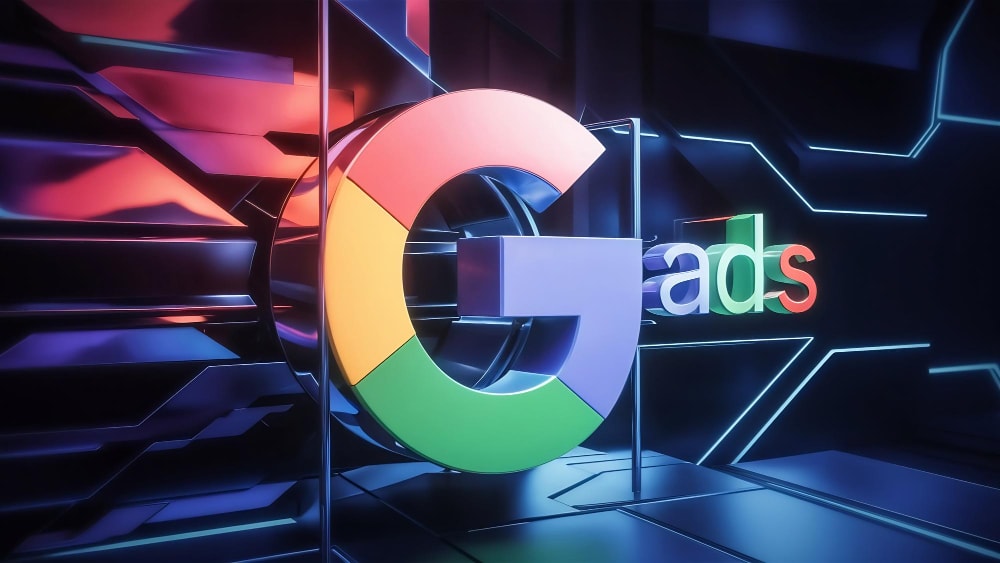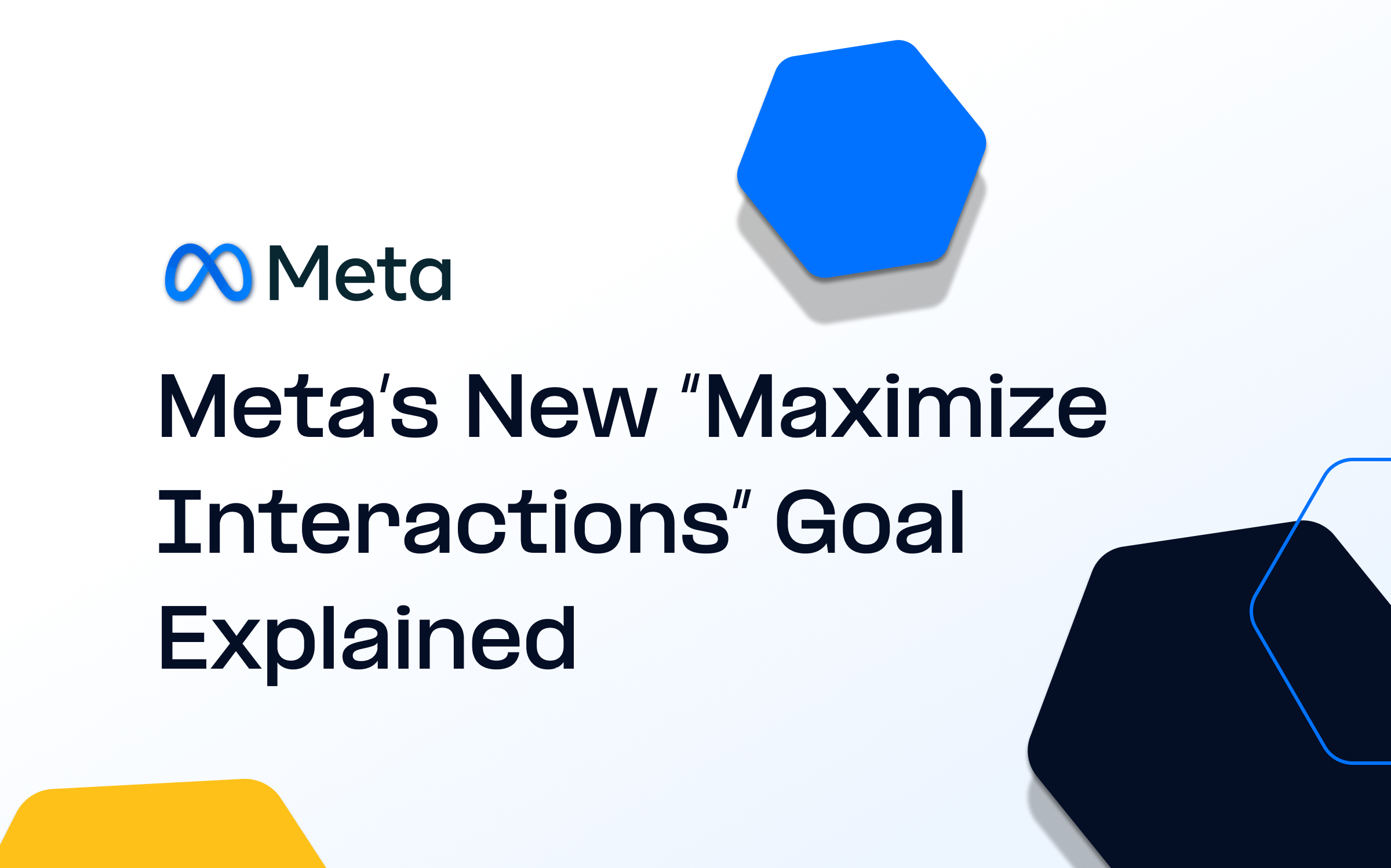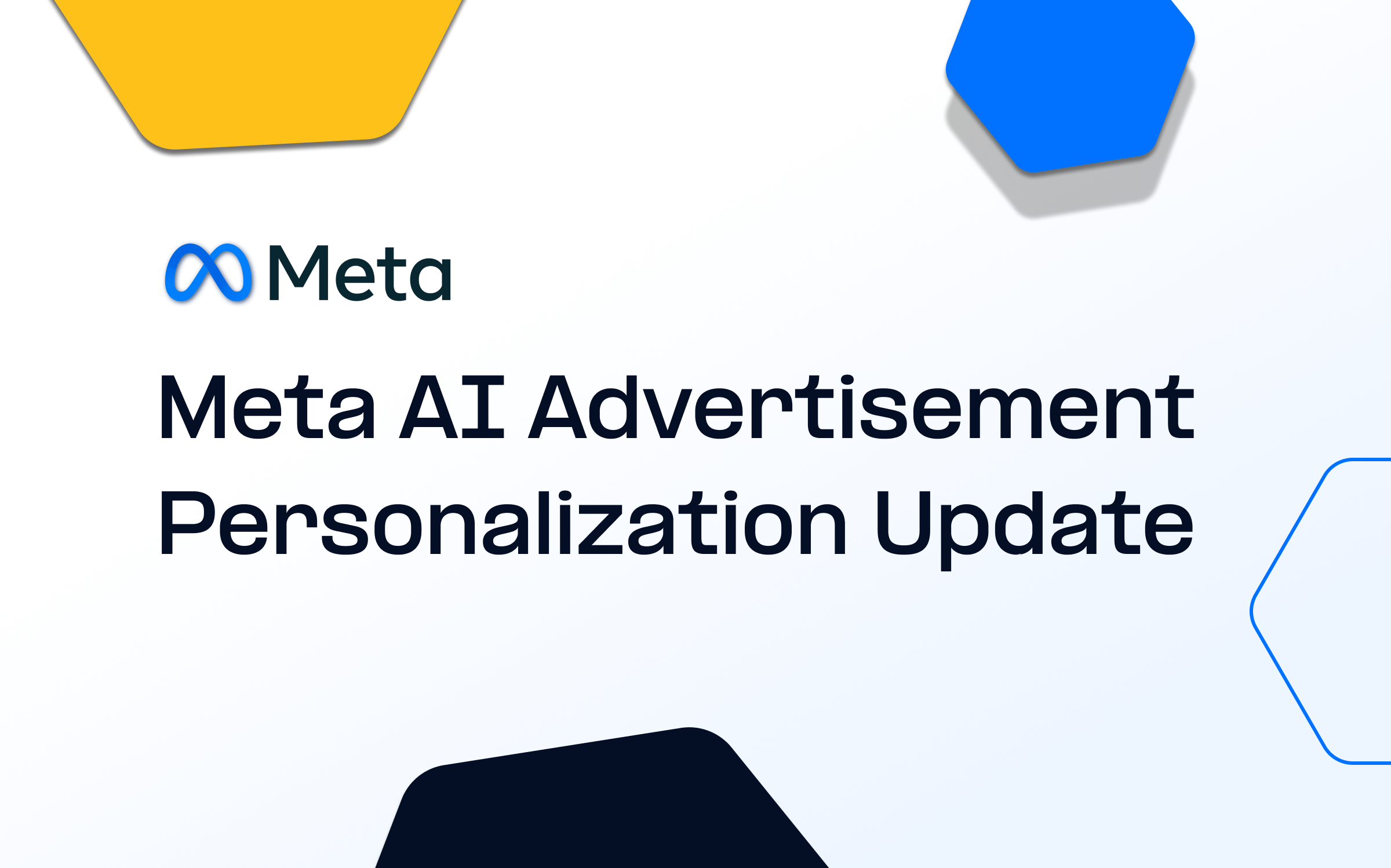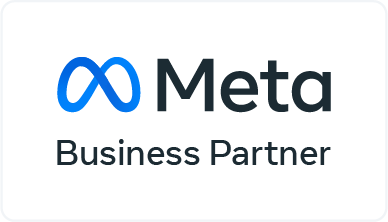Google changes how ads appear on the search results page
Google has quietly rolled out a global Google search design update that changes how sponsored ads are displayed at the top of the page. Instead of showing individual ad units labeled with a small “Ad” tag, Google now groups them under a single section titled “Sponsored results.”
Within that section, users will see up to four text ads or shopping ads - followed by a new button labeled “Hide sponsored results.”
Clicking this button instantly collapses the entire block, hiding all paid results while keeping a small sticky banner at the top of the page.
The feature is live across desktop and mobile, rolling out globally since October 13, 2025. It applies to both traditional text ads and shopping ads within Google Search.
In short: Google has introduced a “collapse” option that gives users more control over what shows up in their own search results.

Why Google introduced the “hide sponsored results” button
According to Google, the goal of this new search results page design is to improve navigation and transparency.
Users should be able to easily distinguish between organic results and paid results while scrolling — especially on mobile devices.
A Google spokesperson said the change was meant to “help people navigate the top of the page more easily.” It’s part of Google’s ongoing effort to simplify the search results layout and make sponsored results labeling more obvious.
However, industry analysts suggest this also aligns with growing regulatory pressure to make ads in Google Search more clearly identified. By introducing a single, collapsible sponsored results section, Google is both improving UX and protecting itself from scrutiny over deceptive ad placements.

The impact on ad performance for Shopify brands
For DTC Shopify brands and agencies running Google Ads campaigns, this design change could have measurable consequences on key metrics like CTR and conversion rate.
📉 Potential drop in click-through rate (CTR)
If a user chooses to hide or collapse the sponsored results, your ad impressions disappear from view - even if your campaign ranks highly. This means CTR could decline, especially for ads in positions 3–4 within the sponsored section.
🧩 Position matters more than ever
Because the sponsored results block now contains fewer visible ads, ranking in the top 1–2 positions becomes even more valuable. Lower ad positions risk being scrolled past or hidden before they’re even seen.
📈 Organic results may gain more attention
Once a user hides paid results, the organic results immediately move up the search results page.
This shift could increase organic traffic for brands with strong SEO - and reduce reliance on google ads spend alone.
💡 Shopping ads face similar challenges
Since shopping ads are also part of the sponsored results group, eCommerce brands will likely see fluctuations in visibility and click volume. This is especially relevant for DTC brands relying on product-feed optimization for Google Shopping.
What this tells us about the future of Google Search
This update reflects a broader shift in how google search results are structured. Over the past decade, Google has been refining how it labels sponsored links and paid results, and this is another step toward a cleaner, more transparent search results page.
Yet for advertisers, it highlights a deeper issue: as Google gives more control to users, ad visibility becomes less predictable, and the only thing you can truly control is your data quality.
When users collapse ads, algorithms rely entirely on the quality of conversion signals you send back. If your tracking is incomplete or inconsistent, Google’s Smart Bidding model can’t properly optimize campaigns.
That’s where Trackbee’s server-side tracking gives Shopify merchants a performance edge.

TrackBee’s data advantage
TrackBee helps Shopify DTC brands and performance agencies maintain stability in performance marketing - even when ad visibility changes.
By focusing on data resilience rather than just ad exposure, Trackbee ensures your google ads campaigns and shopping ads still feed high-quality conversion data into Google’s algorithms.
Here’s how it works:
🔄 Server-side tracking for accuracy
Trackbee sends conversion events directly from the Shopify server to Google Ads, Meta, TikTok, and Pinterest, completely bypassing browser limitations.
🧠 Session enrichment
TrackBee enriches each user session with behavioral context (like product views, cart actions, and return visits). This creates a more detailed view of the customer journey, essential for data-driven bidding.
👤 Persistent shopper profiles
By creating first-party shopper profiles that persist across sessions and devices, TrackBee makes it easier to build reliable audiences for retargeting and lookalike modeling across Google Ads and other platforms.
📈 Better algorithm training
When Google’s Smart Bidding receives clean, enriched, and persistent conversion data, it learns faster and allocates budget more efficiently, even if fewer people click on ads due to the new hide sponsored results button.
In other words, even when your ads are hidden, your data keeps working.
What marketers should do right now
If you’re managing paid campaigns for a Shopify store, here’s a quick checklist to stay ahead of this google hide ads update:
- Audit your tracking setup
Ensure that you’re capturing every conversion event — including browse and cart abandonments. - Compare pre- and post-update metrics
Track your google ads CTR, conversion rate, and search results page ranking before and after October 13 2025. Watch for changes in visibility or user behavior. - Feed better data into Google Ads
Use TrackBee’s server-side events integration to send enriched, deduplicated data directly to Google Ads and Analytics. This improves Smart Bidding decisions. - Reinforce organic presence
With more users hiding paid results, invest in content marketing and SEO to strengthen your organic results footprint. - Balance your media mix
Diversify across Meta, TikTok, and Pinterest, all of which rely on accurate event data. Trackbee’s unified tracking makes this cross-channel optimization easier.

The bigger picture: from visibility to data integrity
This Google search update is not just about UX, it’s a signal.
Ad platforms are moving toward automation, AI, and privacy-first optimization. Manual controls are shrinking; machine learning is taking over.
Your only lasting advantage is data integrity - and that’s exactly what Trackbee delivers.
Google’s new sponsored results design may reduce how often your ads appear on the search results page, but with server-side tracking and enriched data, your campaigns stay efficient, consistent, and profitable.
In the new world of collapsing ad sections and hidden sponsored results, your data becomes your visibility.








.png)





